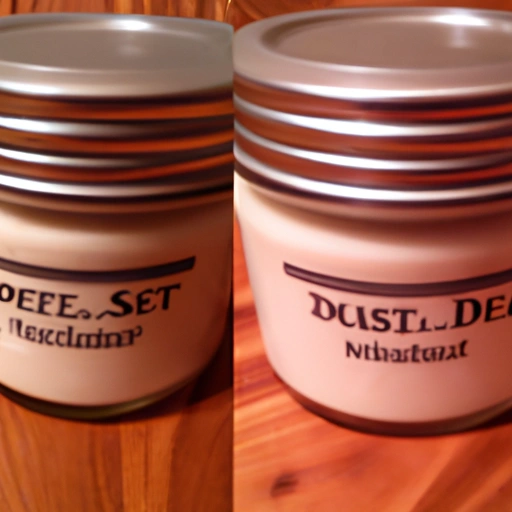Dessert Topping
Description

Dessert topping is a versatile and sweet addition commonly used to enhance the flavor, texture, and visual appeal of desserts. It can come in various forms, such as whipped cream, syrups, fruit compotes, chocolate shavings, and more. Dessert toppings are designed to complement a wide range of confections, from simple homemade treats to elaborate pastries and cakes.
Toppings can be found pre-made in stores or made from scratch using a variety of ingredients. When using dessert toppings in recipes, it's important to consider the balance of sweetness and flavor they add to the overall dish.
Common uses
Dessert toppings are widely used to garnish cakes, ice creams, pancakes, waffles, and a variety of other sweet dishes. They add a delightful finish and can enhance the dessert's flavor profile and presentation.
Nutritional value
Calories
Caloric content varies widely among different types of dessert toppings. For example, whipped cream can contain approximately 52 calories per tablespoon (15ml), while chocolate syrup might have around 100 calories per 2 tablespoons (30ml).
Protein
Protein levels in dessert toppings are generally low, with whipped cream offering about 0.3 grams per tablespoon (15ml).
Fat
Fats are more prevalent in dairy-based toppings like whipped cream, with around 5 grams per tablespoon (15ml), while non-dairy syrups may contain negligible fat.
Carbohydrates
Carbohydrates are primarily found in the form of sugars in dessert toppings. A tablespoon (15ml) of chocolate syrup can have about 17 grams of carbohydrates.
Vitamins
Some dessert toppings, particularly fruit-based ones, may contain vitamins such as Vitamin C, though in small amounts.
Minerals
Dessert toppings may contain minerals such as calcium and potassium, particularly if they are dairy-based.
Health benefits
While dessert toppings are typically indulgent and not consumed for their health benefits, some can contain trace amounts of nutrients like calcium and vitamins from fruit-based ingredients.
Potential risks
High sugar and fat content in many dessert toppings can contribute to various health issues if consumed excessively. It is best to enjoy them in moderation as part of a balanced diet.
Common recipes
Dessert toppings are used in a myriad of recipes ranging from ice cream sundaes to elaborate cake decorations and fruit salads.
Cooking methods
Some toppings are used as-is, like sprinkles or syrups, while others, like whipped cream, may be prepared by beating heavy cream with sugar until soft peaks form.
Pairing with other ingredients
Dessert toppings pair well with a variety of flavors, from the rich bitterness of dark chocolate to the tangy sweetness of seasonal fruits.
Summary
Dessert toppings are an essential element in both home and professional baking, providing a sweet and often visually appealing addition to a wide array of desserts. While they are not particularly known for their health benefits, they are loved for the rich flavors and textures they contribute to culinary creations.